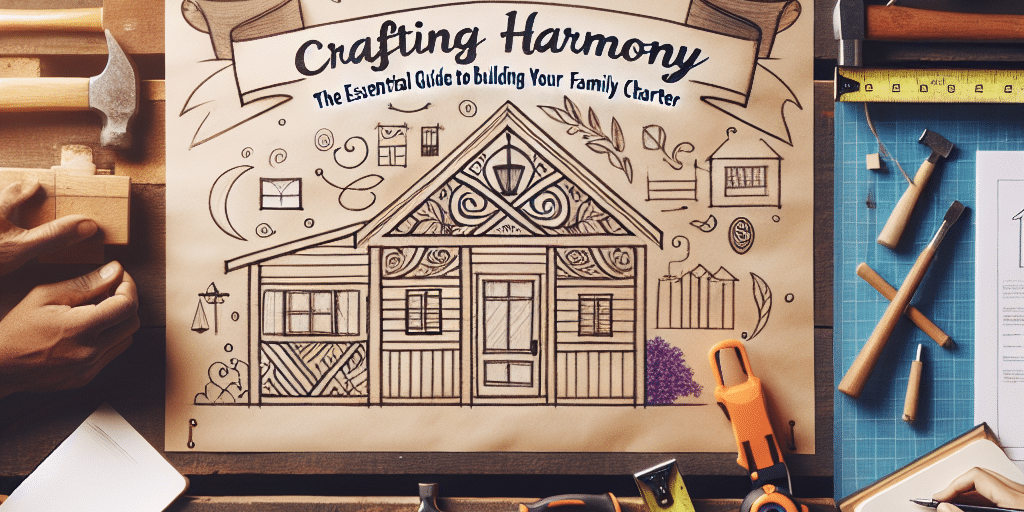In a world where family dynamics can often feel overwhelming, a family charter serves as a guiding document to establish harmony and purpose within the household. This essential guide will help you navigate the process of creating a family charter that reflects your values, goals, and objectives.
Understanding the Family Charter
A family charter is a written agreement that outlines the values, principles, and guidelines that govern your family’s behavior and decision-making processes. It acts as a roadmap for family interactions and helps to foster a supportive and loving environment.
Benefits of a Family Charter
- Guides Decision Making: Offers a clear framework for resolving conflicts and making choices.
- Clarifies Values: Helps families articulate their core beliefs and values.
- Encourages Communication: Promotes open and honest dialogue among family members.
- Strengthens Bonds: Reinforces a sense of belonging and commitment to family unity.
Steps to Create Your Family Charter
Creating a family charter is a collaborative and engaging process. Here’s a step-by-step guide to get you started:
- Gather Your Family: Involve all family members in the discussion to ensure everyone’s voice is heard.
- Identify Core Values: Each family member can share what values are most important to them, such as honesty, respect, or kindness.
- Establish Goals: Discuss what you hope to achieve as a family, whether it’s spending more time together or supporting each other’s individual pursuits.
- Draft the Charter: Write down the agreed-upon values, goals, and guidelines. Keep it concise and focused.
- Review and Revise: Go through the draft together and make any necessary changes. Ensure everyone is comfortable with the final document.
- Sign and Celebrate: Once finalized, have each family member sign the charter as a commitment to uphold it. Celebrate this achievement with a family event!
Tips for Maintaining Your Family Charter
Creating a family charter is just the beginning. Here are some tips to ensure it remains a living document:
- Regular Check-Ins: Schedule regular family meetings to review the charter and discuss any changes or updates.
- Be Flexible: Life changes, and so may your family’s needs and values. Be open to revising the charter as necessary.
- Encourage Accountability: Remind family members of the charter’s principles and hold each other responsible in a supportive manner.
Conclusion
A family charter is more than just a document; it’s a commitment to fostering a harmonious family environment built on shared values and goals. By involving everyone in the process, you create a sense of ownership and responsibility that can significantly enhance your family dynamics. Start today and build the foundation for a thriving family life!










